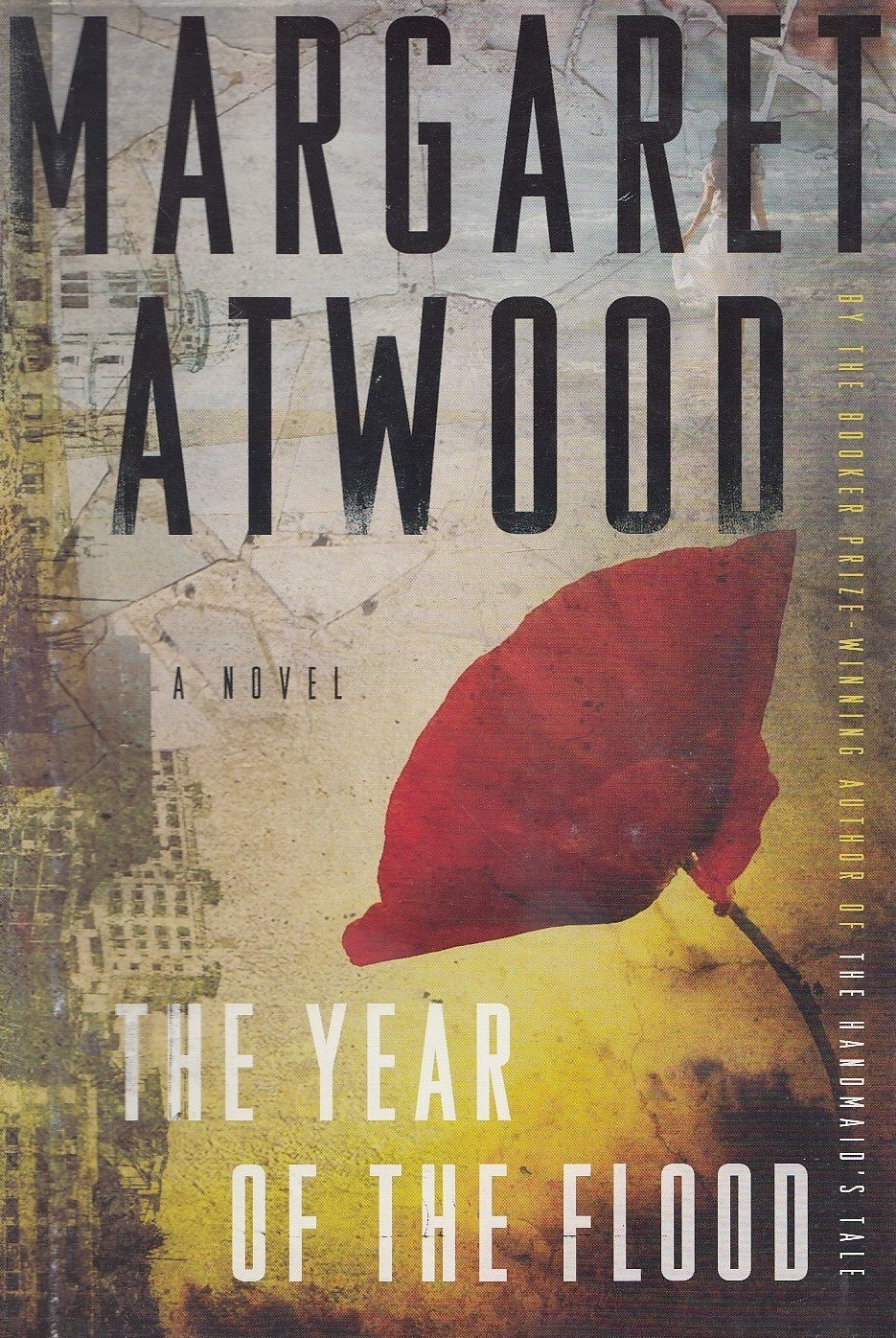unicorndeburgh reviewed The Year of the Flood by Margaret Atwood (MaddAddam, #2)
Review of 'The Year of the Flood' on 'Goodreads'
I read the previous book, 'Oryx and Crake', in 2006, and my memory of it was pretty fuzzy. I recalled not liking it all that well, so I didn't feel very motivated to re-read it to prepare for this sequel. I generally love Atwood, which is why I bought the sequel anyway. I liked this one a lot! Damn, she's dark and funny. The books are set in a dystopian future, where corporations are much stronger than the government. If you are a professional working for a big corporation, you live in a gated community. If you aren't, you struggle to survive in the pleeblands.[return][return]'Oryx and Crake' is told from the point of view of privileged young men -- the children of scientists working for corporations. One of them is a genius, and ends up with his own well-funded research project. He claims to be on human aging, but he's actually doing something quite different. He creates the next stage of the human race, one that is nonviolent and easy on the environment, and creates a plague that attacks only homo sapiens.[return][return]'The Year of the Flood' is told from the point of view of people in the Gardeners, a religious and ecological cult that renounced consumerism and the corporations, and which looks forward to the 'second flood' that will cleanse the world the way that Noah's flood did. The Gardeners are much more entertaining than the boy scientist. The narration flips back and forth between Toby and Ren. Toby is wise and cynical. Ren is naive and sweet. You see the Gardeners before the plague, and after it. They are a amusing bunch, pious, head-in-the-clouds and then shatteringly pragmatic. They keep a religious calendar of saints' days, and the (brief) sermons that appear periodically always open with some thoughts on that day's saint (and a description of the crafts that the children have done to honor the saint). Some of the saints you'll recognize from the Catholic list, others not so much: [return]Saint E. O. Wilson of Hymenoptera[return]Saint Farley Mowat of Wolves[return]Saint Robert Burns of Mice[return][return]One of the things that the Gardeners do is find a safe new identity for people who want to get out of the corporate world. An example of Atwood's snark: 'The ratio of women to men fleeing the Corporations was roughly three to one. Nuala said it was because women were more ethical, Zeb said it was because they were more squeamish, and Philo said that it amounted to the same thing.'

